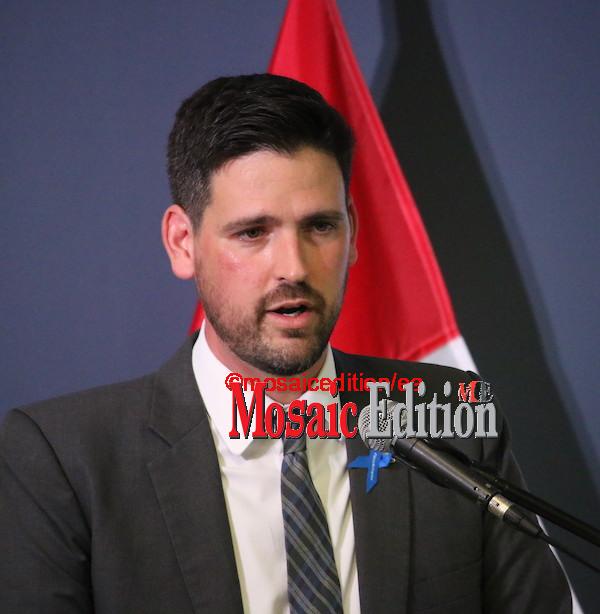
Canada’s 2023-2025 Immigration Levels Plan will focus on attracting newcomers to different regions of the country including small towns and rural areas.
The government plans to use immigration as a strategy to help businesses find workers.
Sean Fraser, Minister of Immigration, Refugees and Citizenship disclosed the plan earlier today in Toronto.
The minister focused on regional immigration while outlining ways to address critical labour shortages.
Canada is setting targets to bring into the country 465,000 permanent residents in 2023, 485,000 in 2024 and 500,000 in 2025.
The plan is aimed at helping provinces and territories attract skilled newcomers needed to address the labour shortages and demographic challenges.
Sean Strickland, Executive Director of Canada’s Building Trades Union (CBTU) threw his support behind the government’s plan.
“Historically, it has been through immigration we have been able to grow our work force and build Canada’s infrastructures,” said Strickland.
The building trade is facing lots of challenges, he noted. He called for the development of the construction immigration stream to bring in skilled trades and immigrants.
The program can be modeled after the Atlantic Immigration Program, which has successfully helped to bring in more than 12,000 newcomers.
He said government could use the model to prioritize skill trade workers needed and also strengthen the foreign worker program.
Sean Strickland suggested that those unions interested should be allowed to sponsor temporary foreign workers, protect workers from exploitation, and provide a path to citizenship.
On issue of some construction workers who were out of status, he said, “we have to recognize construction workers who have come to Canada and who came to Canada with valid temporary foreign worker status who are falling out of status.”
He welcomed the pilot project in the greater Toronto area that has helped about 500 out of status workers and their families to find a pathway to permanent residence.
According to Immigration Refugees and Citizenship Canada, “immigration accounts for almost 100% of Canada’s labour force growth, and by 2032, it’s projected to account for 100% of Canada’s population growth.
Canada marks International Human Rights Day with citizenship for newcomers









